|
28/8/2019 3 Comments Say no to KnotsMuscles knots can be extremely painful, but there are many ways you can both prevent and treat them.Muscle knots are muscles fibres that are tight and tense, even when your body is at rest. They may be sensitive to touch, and feel swollen and lumpy. Muscle knots commonly occur in your back, shoulders and neck, and are also known as trigger points. They can cause additional conditions such as headache, toothache, jaw pain, and lower back pain.
Muscle knots can happen for a variety of reasons. Common causes are poor posture, overuse or injury of a muscle, stress, dehydration, and a sedentary lifestyle. Posture Firstly, take a look at your posture. If you spend hours at your desk, are you sitting correctly and taking enough breaks? Slouching causes muscle stress which can lead to back pain, so try keeping your back straight, and your head upright in a neutral position. Keep moving Moving regularly through everyday activities, or following an exercise plan, helps to keep muscles strong, flexible, and free of tension. Including gentle stretching into your daily routine will also release tension in your muscles. Activities such as swimming can be beneficial by working the muscles in your neck and shoulders, and improving circulation to these areas. Stay hydrated If you’re not drinking enough water, dehydration may be the cause of your muscle knots. Your water requirement varies depending on factors such as your age, and the amount of exercise you do, but health authorities commonly recommend seven to nine glasses a day. There are many apps you can use to remind you to drink water, and track your daily intake. If these preventative measures aren’t working for your muscle knots, then it may be time to seek professional help. Chiropractors may use chiropractic adjustments to address the underlying cause, improve posture and reduce tension in your body. They can also use or recommend other therapies such as massage to relieve immediate pain. A combination of Chiropractic and Massage can not only help immediate symptoms of muscle knots, but also correct the cause and prevent them from occurring again. Picture from Pinterest
3 Comments
28/8/2019 0 Comments Strong, Lean and HealthyDo you think that strength training isn’t suitable for you? Find out why it is an essential part of an exercise plan for everybody.Strength training is not just for body builders; as well as building strength it can help burn calories, reduce body fat, improve tone and lean muscle mass, and increase overall wellbeing.
How does strength training help weight management? Lean muscle mass reduces with age, and fat can take its place if you don’t strengthen your muscles. Building muscle indirectly increases your metabolism as muscle burns a higher percentage of calories than fat, even at rest. Develop strong bones Many of us don't know that strong muscles lead to strong bones. The pulling and pushing on bone from strength training and other weight bearing exercise puts stress on the bone which responds by building new cells. Strong bones can help reduce your risk of osteoporosis, and strong muscles can improve balance and stability, therefore lessening the risk of injury from falling. Help with chronic conditions Strength training can also help reduce the symptoms of many conditions such as back pain, arthritis, depression and diabetes. Being stronger can increase your energy and improve your ability to do everyday activities which can help keep you mobile and independent. Do I have to go to the gym and lift weights? Strength training isn’t all about lifting weights at the gym.Although free weights and weight machines are commonly used, you can also use resistance bands and balls, and your own body weight. Leg squats, pull-ups, push-ups, yoga, and Pilates are all low impact activities that use bodyweight resistance, and can be performed easily at home. How do I start? Before you get started, make sure that strength training is right for you. Check with your doctor if you’re over 40, have a chronic condition, or if it has been some time since you exercised. It is advisable to work with an exercise professional to help you choose the right level and weight, and to learn the correct training techniques. It’s also important to warm up beforehand and have rest days in between workouts. Strength training doesn’t require hours of weight lifting every day; with a balanced and regular routine you will see improvement in your strength, muscle mass and overall health. See your chiropractor for advice on strength training options for you, and how to lower the risk of injury. Picture from Pinterest 28/8/2019 0 Comments Biking and Your BackBiking is a fun form of exercise, but is it helping or hurting your back?There are few things as refreshing as heading out for a ride on your bike. You can feel the wind on your face, the blood pumping through your veins, and a burst of energy as you power through the gears.
Riding a bicycle has many positive points, but many riders are unsure if this form of exercise is suitable if they suffer from back problems. Pros Biking can often involve less jarring on the spine than the likes of jogging, especially stationary cycling. Sometimes, the positioning of your body on the bike can be favourable as well. If you have lumbar spinal stenosis, leaning forward towards aerodynamic, or low handlebars can be more comfortable than other positions. ...and cons Biking can still cause back and neck pain for some. Your back muscles may not be strong enough for the riding position, or your posture may cause strain. Although you may be leaning forward, this position can also cause you to arch your neck backwards, causing strain to the neck and upper back. Rough terrain may increase the risk of spinal jarring or compression, especially if the bike is unsuitable. Prevention of back injuries There may be ways you can prevent back and neck injuries from occurring while riding your bike. Whether you are a commuter, off road enthusiast or occasional cyclist; the first thing to do is select a bike that’s fit for purpose. It’s worth getting advice from a bicycle professional on the right bike and accessories, and how to adjust your riding position to suit your body. As you ride, gently lift and lower your head regularly to reduce the risk of neck strain. Biking isn’t greatly effective for strengthening back or abdominal muscles, therefore you may need to strengthen these in other ways to support your body and avoid lower back pain. If you are trying to find forms of exercise that won’t cause or worsen back pain, biking could be the answer; however, it’s advisable to ask your chiropractor at Adam’s Back, if it would be suitable for you. Picture from Pinterest Everyone knows the age-old adage of “An apple a day keeps the doctor away”, but what about citrus fruit?The beautiful arrangements of oranges, lemons, limes, mandarins, and grapefruit in your supermarket may be appealing, but these citrus fruits have more to offer than mere looks.
They’re a lunch box staple, a beverage, and a pick-me-up when you’re feeling a little under the weather. Furthermore, they’re plentiful in Australia throughout most of the year. The studies on how citrus fruits can benefit your health will surprise you. Vitamins and minerals Citrus fruits offer an abundance of B and C vitamins; one orange alone can provide as much vitamin C as you need in a day. They also contain minerals such as potassium, phosphorus, magnesium and copper; all of which play important roles in your body processes. Fibre They don’t lack in the fibre department either; one large orange offers around 18 percent of your recommended daily requirement. Fibre is crucial for improving your digestive health, and lowering your cholesterol. Preventing disease These fabulous fruits are rich in plant compounds that provide anti-inflammatory and anti-oxidant effects. They may reduce the risk of heart disease, possibly boost your brain function, and lower the chance of kidney stones. If that’s not enough to convince you, then the widely accepted studies on their protective effects against cancer, just might. Weight loss If you’re trying to lose weight, then citrus fruit may help. Their fibre and water content help to fill you up, and they are low in calories. A 2015 study, conducted over 24 years, showed a link between consuming citrus fruits and weight loss. Are there any downsides to citrus fruits? As with any food and beverages, ensure you consume citrus fruit in moderation. Their acid content can erode tooth enamel, which increases your risk of cavities. Also, consuming citrus in juice form can lead to increased sugar intake. Grapefruit can also have adverse effects with some medications. Overall, citrus fruits are nourishing, versatile and convenient to eat. Add them to your regular diet and enjoy the sweet burst of flavour and subsequent health benefits. Picture from Pinterest 28/8/2019 0 Comments The Power of the HamstringSurprisingly the hamstring muscles are not very active when you’re walking or standing, but they play an extremely important role in other activities.The hamstring muscle has long been known as one of importance, even in ancient times. Knights used to slice their enemies across the backs of their thighs with a sword, rendering them immobile. Prisoners were also subjected to similar treatment to hinder escape attempts!
Hamstrings muscles are the large muscles at the large muscles at the backs of your thighs. They allow you to straighten your hips and bend your knees; and are vital in activities such as running, jumping, and climbing. Hamstring injuries are muscle injuries, and range from a minor strain to a severe rupture, with a grading of I, II, and III. Grade I is minor, II is a partial rupture, and III is a complete rupture. An injury can occur over time from overuse, or from one sudden movement. Grade I injuries can heal on their own and cause minimal aggravation, especially in those who don’t actively use those muscles. Grade II and III injuries are usually caused by vigorous activities. For an athlete, a grade III rupture can sometimes mean the end of their career. When you experience a strain or rupture, you may notice a sudden jerking or a ‘pop’, followed by pain. Spasms, tightness, swelling, and bruising may develop. It is very important to treat and repair your hamstring injury correctly to avoid re-injury. Home remedies such as rest, ice, compression, and elevation, (RICE), may provide some relief. Splinting and crutches may also be necessary for severe strains. Your chiropractor may examine your feet, knees, hips, pelvis and lower back, as imbalances in these areas can all contribute to hamstring injuries. You may not realise the importance of hamstrings until you injure them. Talk to one of the friendly team members at Adam’s Back on how you can best support your hamstrings. Picture from Pinterest 28/8/2019 0 Comments The Benefits of Being FlexibleMost people know they should stretch their muscles before they exercise, but what happens if you stretch all the time?If you make a conscious effort to stretch all your muscles throughout the day, not just before or after you exercise, you may discover some surprising benefits.
Fewer injuries Stretching can decrease the risk of muscle- related injuries during physical activity. You’ll develop strength, flexibility, and muscle balance. Balancing your muscles enables your body to withstand more physical stress, and is achieved by stretching all of your muscles correctly. More strength As you become more flexible it’s important to build your strength as well. This ensures your muscles will have the correct amount of tension so they can provide enough strength to support you, and all your movements. This means you will become fitter in whatever you do. Less pain Do you experience stiffness and aching muscles after carrying out activities or physical tasks you don’t normally do? If you make an effort to open and lengthen your muscles, you may be able to reduce that discomfort. Better balance Better balance and improved posture are also surprising benefits that may help you in every area of your life. With regular stretching, your body may correct any imbalances in your alignment.Your range of motion will improve, helping with everyday movements such as sitting and standing. A positive mind Finally, stretching can even pave the way for a positive state of mind.You may find it easier to unwind and relax with a body that’s free of aches and pains. Getting rid of tension and loosening your muscles can have some amazing benefits. However, be wary of starting any stretching exercises if you suffer from an injury or chronic condition. Talk to one of the friendly team members at Adam’s Back if you have any health concerns. Picture from Pinterest 7/8/2019 1 Comment HOPE FOR SPINAL INJURY PATIENTSBetween 430 and 530 people throughout Australasia are diagnosed with a spinal cord injury every year. But could a recent study provide hope for those with thoracic spinal cord injuries?A new study indicated that half of those with thoracic spinal cord injuries may still have some connectivity. This is a revolutionary discovery given that it was previously thought a complete spinal cord injury spelt the end of any sensory nerve connections.
The blind study was carried out by Neuroscience Research Australia, HammondCare, and The University of Sydney, with a breakthrough published in January this year. It was found that half of the 23 patients with thoracic spinal cord injuries had surviving sensory nerve connections. During the study, each of the 23 patients, and 21 subjects with no spinal injuries were placed into a highly advanced MRI machine to register the brain’s response. Scientists touched each person’s toes then analysed the data received by the MRI machine. The results were astounding, with over half of those with spinal injuries registering the touch, even if their bodies didn’t. As a result, scientists were able to prove that in some cases, even if a patient has a complete thoracic spine injury, some sensory pathways can be preserved and the message is getting through to the brain loud and clear. This new research, which is part of a long-standing relationship between researchers, opens up a whole new world of possibilities for those with seemingly permanent disabilities. While it’s too early to tell what can happen with science in the future, it does mean that new avenues for research and treatment can be opened. The ultimate goal, of course, is to restore some function, sensation, and movement to those suffering from spinal cord injuries. One such treatment avenue that scientists may yet delve into after identifying those with sensory nerve connections is transcranial magnetic stimulation (TMS). TMS works by using a changing magnetic field to cause an electric current to flow through the brain. A magnetic field coil is placed near the head of the patient which connects to a stimulator that delivers the current to the coil. Typically, this treatment method is used to evaluate damage by measuring connections between the skeletal muscle and the central nervous system for those suffering from conditions such as a stroke, motor neuron disease, movement disorders and multiple sclerosis. It has also been used to treat neuropathic pain. While it may be beneficial for these conditions, TMS treatment does have adverse side effects, including hearing loss, fainting, seizures and cognitive changes. Further research into TMS and other possible treatment methods is necessary to see if it may benefit those with spinal cord injuries in light of this new, breaking study. While the study does prove that sensory nerve connections are present in those previously thought to have no sensation at all, there is still a long way to go until anything can be done with this information. Time will only tell what this revolutionary break-through spells for those with spinal cord injuries. Picture from Pinterest |
AuthorAdam's Back is a team of dedicated complimentary health professionals. Our aim is to support you in finding drug-free solutions for better health. Archives
July 2024
Categories |
Search by typing & pressing enter
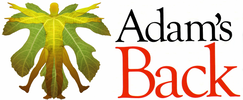
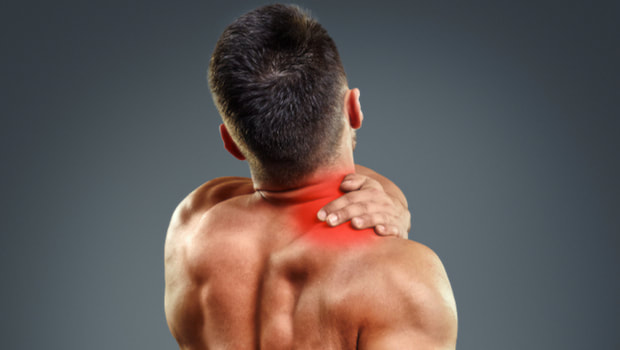
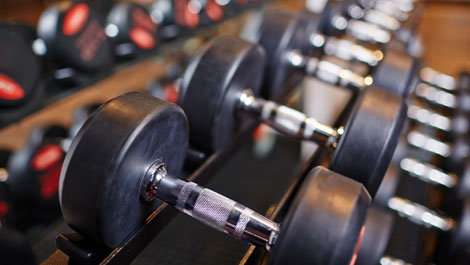
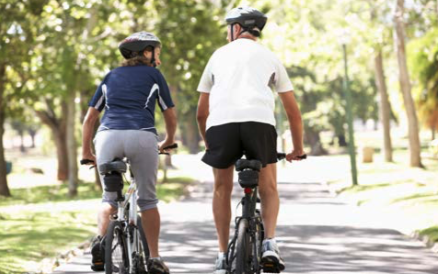
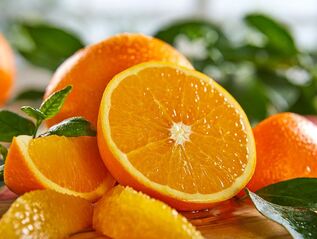
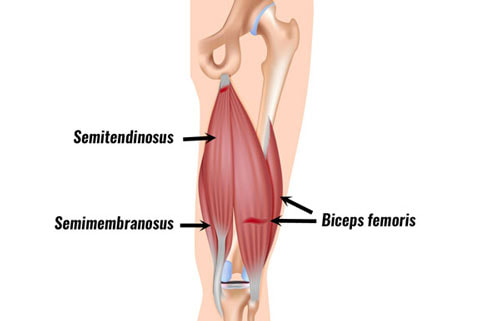

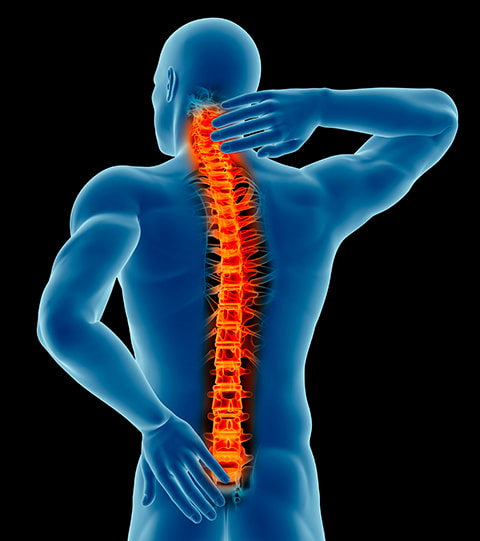
 RSS Feed
RSS Feed